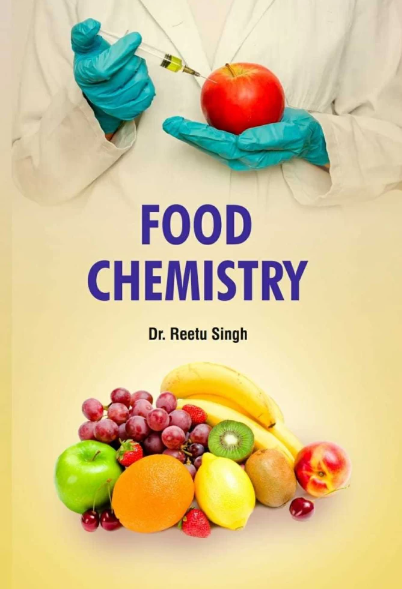Development of chondroitin sulfate-modified quinoa protein isolate-dihydromyricetin composite nanoparticles: Focus on naringenin delivery, cell cytoprotective ability and anti-inflammatory effects
IF 9.8
1区 农林科学
Q1 CHEMISTRY, APPLIED
引用次数: 0
Abstract
The development of nanocarriers utilizing macromolecules as targeted delivery systems has received significant interests. In this study, chondroitin sulfate (CS), quinoa protein isolate (QPI), and dihydromyricetin (DHM) were selected to form ternary polysaccharide-protein-polyphenol complexes (DHgQC). The DHgQ/CS mass ratio of 2:1 and pH of 6.0 were optimized for fabricating nanocomplexes. We further investigated the potential of DHgQC nanocomplexes as carriers for encapsulating and delivering hydrophobic substance naringenin (Nar), achieving a high encapsulation efficiency (90.64 %) and loading capacity (13.27 %). Meanwhile, the Nar-encapsulated nanocomplex (Nar@DHgQC) demonstrated excellent photothermal stability, and controlled release characteristics. Furthermore, Nar@DHgQC exhibited remarkable capabilities in clearing RONS, maintaining cell viability, and mitigating oxidative stress. Importantly, cellular uptake assays confirmed the targeting of inflammatory macrophages by Nar@DHgQC nanoparticles, resulting in strong anti-inflammatory activity. This work presents a novel paradigm for the development of food-grade biopolymer nanoparticles as functional carriers for applications in the food and biomedicine fields.

硫酸软骨素-修饰藜麦分离蛋白-二氢杨梅素复合纳米颗粒的研制:研究柚皮素的传递、细胞保护能力和抗炎作用
利用大分子作为靶向递送系统的纳米载体的发展受到了极大的关注。本研究选择硫酸软骨素(CS)、藜麦分离蛋白(QPI)和二氢杨梅素(DHM)组成三元多糖-蛋白-多酚复合物(DHgQC)。制备纳米配合物的最佳条件为DHgQ/CS质量比为2:1,pH为6.0。我们进一步研究了DHgQC纳米配合物作为疏水物质柚皮素(Nar)包封和递送载体的潜力,获得了较高的包封效率(90.64 %)和负载能力(13.27 %)。同时,纳米包封的纳米配合物(Nar@DHgQC)具有良好的光热稳定性和控释特性。此外,Nar@DHgQC在清除RONS、维持细胞活力和减轻氧化应激方面表现出显著的能力。重要的是,细胞摄取试验证实了Nar@DHgQC纳米颗粒靶向炎性巨噬细胞,从而产生强大的抗炎活性。这项工作为食品级生物聚合物纳米颗粒作为食品和生物医学领域应用的功能载体的发展提供了一个新的范例。
本文章由计算机程序翻译,如有差异,请以英文原文为准。
求助全文
约1分钟内获得全文
求助全文
来源期刊

Food Chemistry
工程技术-食品科技
CiteScore
16.30
自引率
10.20%
发文量
3130
审稿时长
122 days
期刊介绍:
Food Chemistry publishes original research papers dealing with the advancement of the chemistry and biochemistry of foods or the analytical methods/ approach used. All papers should focus on the novelty of the research carried out.
 求助内容:
求助内容: 应助结果提醒方式:
应助结果提醒方式:


